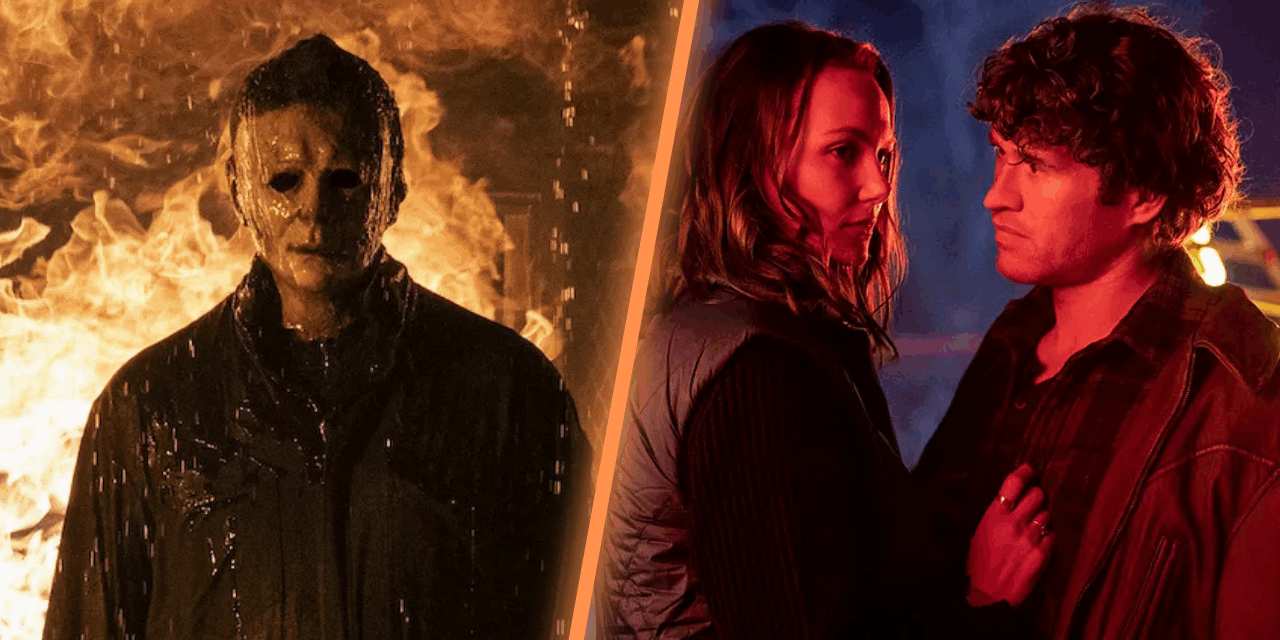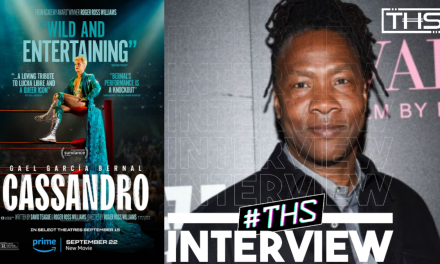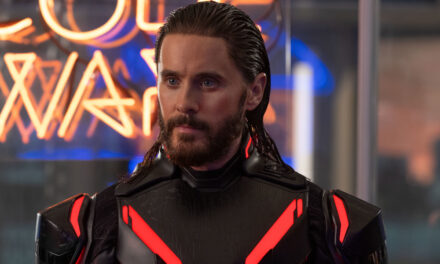Back in 2018, director David Gordon Green brought Michael Myers back to the mainstream with Halloween, a direct sequel to John Carpenter’s 1978 masterpiece. The decision was made to disregard all sequels after the first film, making it a PTSD story about how one night of unholy terror affected Laurie Strode (Jamie Lee Curtis) over the years, without having to deal with the Halloween II plot twist that Michael was her brother. Whether or not all of the fans agreed with this decision, Halloween 2018 proved to be the biggest financial hit of the franchise, grossing $259 million worldwide on a $10 million budget.
It also received some of the best critical notices since the original film, and with big box office, came the announcement that Green and his co-writer, Danny McBride, had developed this concept as a new trilogy, with Halloween Kills and Halloween Ends soon to follow. After delays due to the COVID-19 pandemic, Halloween Kills would see the light of day in 2021, while Halloween Ends was released the following year. However, the goodwill that the 2018 film didn’t transition over to the next two installments, with Halloween Kills receiving a mixed response while Halloween Ends was greeted with downright polarizing reactions. Some say what began so promisingly ended as a disappointment, but now that there has been enough time and distance since their initial release, it’s time to admit that Halloween Kills and Halloween Ends were solid entries to the franchise and were severely misunderstood.
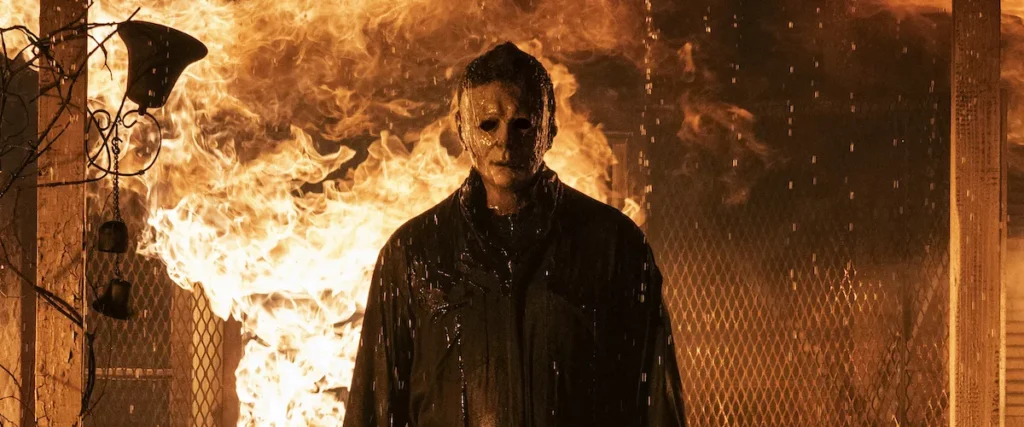
The intentions of both follow-ups were very different. It felt like Halloween Kills was always intended to be a bit of a reckoning following the events of the previous installment. Not necessarily for Michael’s victims but a reckoning against Haddonfield itself, with Michal mad as hell about how things wrapped up following his latest pursuit of Laurie Strode. At the end of that film, Laurie, her daughter Karen (Judy Greer), and her granddaughter Allyson (Andi Matichak) trap Michael in a safe room in Laurie’s house and set it on fire, seemingly ending his reign of terror.
As you know, “evil never dies” (especially when there is money to be made), and Michael was not killed in the blaze, something that is triumphantly revealed when firefighters respond to the house and encounter The Shape, who slaughters them all viciously, giving an early indication that there is a reason this film is called Halloween Kills. This sequel might lack the narrative and story beats of its predecessor, but this is Michael Myers in full beast mode, and that seemed to be the intention of the sequel. To have him unleash his murderous rage as the town of Haddonfield began to discover that he had returned, which sparked their own simmering rage for all the pain his previous killing spree inflicted upon the town back in 1978.

Halloween Ends went in a rather bold direction that has continued to make it the subject of much debate. It has been three years since the events of 2018 (Halloween and Halloween Kills take place on the same night), but in 2019, a 21-year-old named Corey Cunningham (Rohan Campbell) was babysitting a young boy who was accidentally killed under his care. The event leads to Corey’s arrest for aggravated manslaughter, but he is ultimately cleared by a judge.
However, that hasn’t cleared him in the court of public opinion, and it has made him a town pariah in Haddonfield. Michael himself has seemingly disappeared since the events of Halloween Kills, but Corey eventually happens upon him, resulting in Michael choking him, but letting him go. Following this encounter, Corey has become infected by Michael’s evil, and it has been passed on to him. Michael is very much present during the film’s finale, but a bulk of Halloween Ends has Corey as the film’s main antagonist, which did not sit well with fans and many critics following the film’s release.
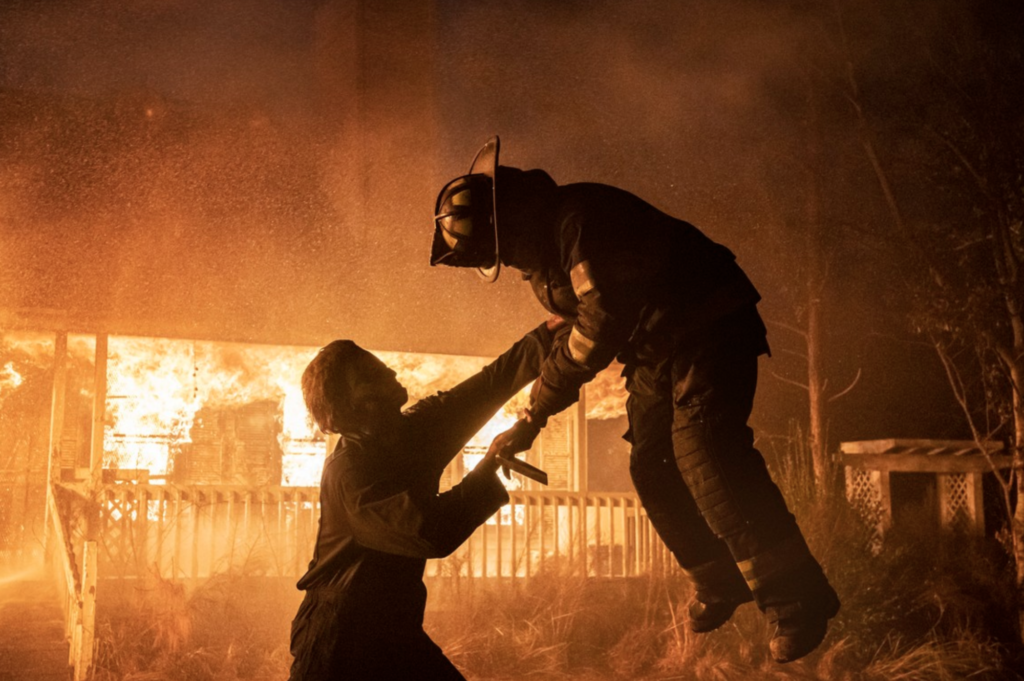
When Halloween Kills was released, I remember being genuinely surprised that the reviews had diminished so much from the previous installment. Halloween has a 79 percent rating on Rotten Tomatoes, while Halloween Kills sits with a much lower 39 percent. For this viewer, there isn’t a discernible dip in quality; in fact, there is a lot that Halloween Kills does right that makes it stand out even more than the previous installment. For instance, it was a stroke of genius to establish even more connections to the 1978 film by including the flashback sequence in Kills that takes place 40 years prior.
It gives the night itself much more depth, considering these new films are only working off of Carpenter’s 1978 introduction, and visually it’s a masterclass in recreation, with production going out of its way to make Michael’s mask look as accurate to its 1978 look and even including Dr. Sam Loomis without it being some disrespectful recreation of the late Donald Pleasence. You can tell that time and care went into the sequence, and it’s still easily one of the best moments of the franchise, no matter what timeline you follow.
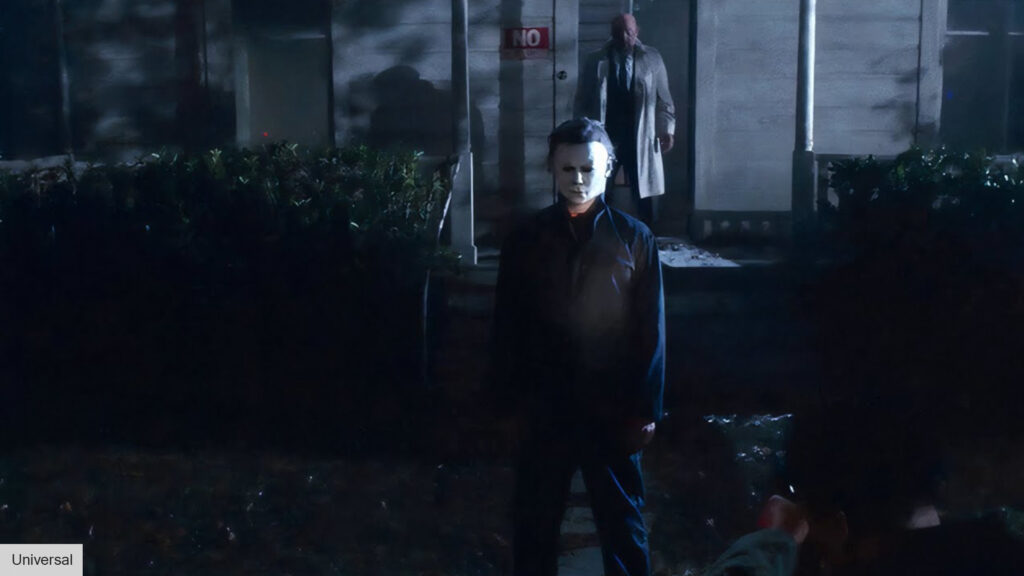
What the flashback sequence also accomplishes is establishing that this night in 1978 not only affected Laurie, but it also affected the town at large. It became a stain on Haddonfield that the town itself couldn’t get over, and that makes it more relevant that their fears come to the forefront once they realize he has escaped from the confines of his mental institution and has picked up where he left off 40 years ago. I believe Green and his co-writers were trying to show that, particularly in small towns, tragic events like this linger over the years and simply aren’t washed away. I know there have been complaints that eliminating the other sequels makes the events of Halloween seem less massive had they been included, but it’s explained clearly how even one night of trauma can remain with you for various reasons.
The town itself felt violated by what Michael did on Halloween night, while Laurie had to deal with the notion that she almost died on top of the survivor’s guilt that she made it, and her friends didn’t. It’s not a stretch that something like this would stay for you for years. Especially, like Laurie, she didn’t take the necessary steps to get help because she took on a more defensive approach, believing that someday Michael would come back for her.
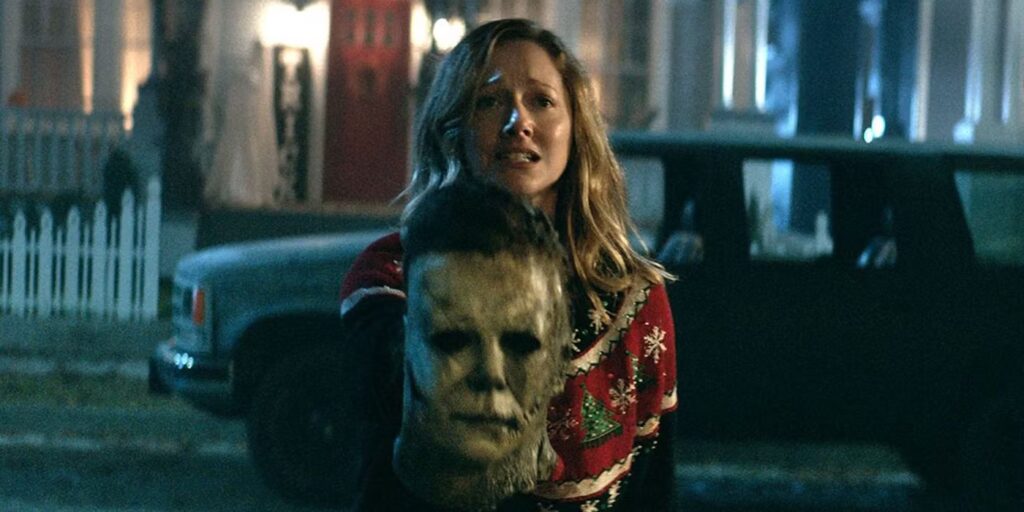
Halloween Kills is no doubt a nasty movie, but that was the point. It’s not clean. It’s entirely vicious because this is truly what it looks like to have Michael stalking the streets of Haddonfield unchecked. This is detailed in the visuals, with Michael Simmonds’ cinematography still making this film like one of the best of the franchise, despite its ugliness. The film also features some standout sequences, including Lindsey Wallace’s (Kyle Richards) chase sequence, which goes to some pretty dark places by the end of it. Seeing the bodies of dead children in a dark playground wearing the Silver Shamrock Masks from Halloween III only shows that this movie isn’t afraid to display Michael’s brutality.
Also of note are the scenes that lead up to the film’s finale. From the moment that Lonnie (Robert Longstreet) enters Michael’s home and then Allyson and Cameron (Dylan Arnold) follow him in, leading to their own confrontation with The Shape, the film ratchets up the tension to an escalating level that makes the subsequent moments that follow all the more intriguing. Once Karen lures him to the streets to be wrecked by citizens of the town, only to have that all turned on them, it has been a bone of contention because some believe that the creatives never could quite settle on if Michael is just a man or if he’s something more. It seems obvious that these films, and Carpenter’s original, believe that Michael is a force more than a man, and the events that end this film and bleed into Halloween Ends make that clear.
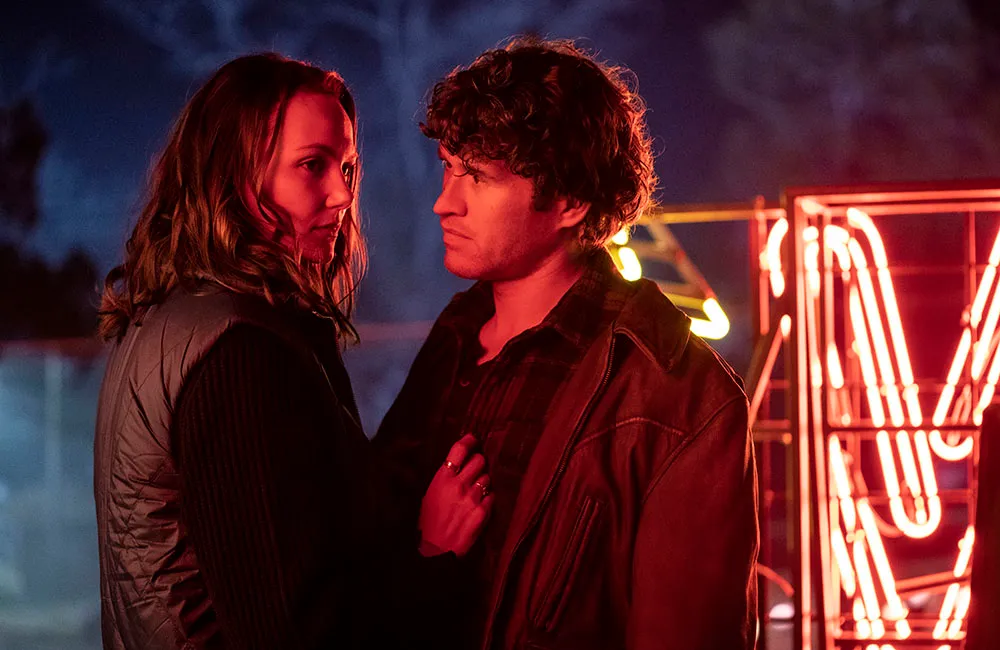
This is why the anger lifted at Halloween Ends has baffled me since its release because Carpenter always seemed to indicate that Michael is more of a force of evil and that evil lives on and on, even if the man’s body should no longer function. Everyone knows that Carpenter had no interest in sequels after 1978’s Halloween and that the ending wasn’t even meant to be a cliffhanger. The reason you hear Michael breathing and then we’re taken back to all the places we’ve been before is to show that evil is everywhere and that it can’t be contained. Halloween Ends runs with that idea, and even Carpenter, who is known to be a harsh critic, enjoyed it, going on to day, “It was good! I enjoyed it. It’s very different. I enjoyed the risks that it took.”
Audiences will complain when something feels like a simple rehash, but also seem to be critical when there is a big pivot from a franchise they feels a close connection to. It’s easy to be bogged down by the fact that Ends focused too much on Corey Cunningham and that they hated seeing Michael weak throughout much of he film and being adequately handled by Corey (until he wasn’t) but creatives deserve more credit for making bold choices that might piss people off but at least they’re taking changes by going places that haven’t been explored before. It’s undeniable that the film’s marketing did it no favors but setting it up as some epic final confrontation between Laurie and Michael, but, to be fair, it was likely difficult to promote the film for what it really was. It was such a huge departure that it likely couldn’t be explained completely in the film’s marketing campaign.
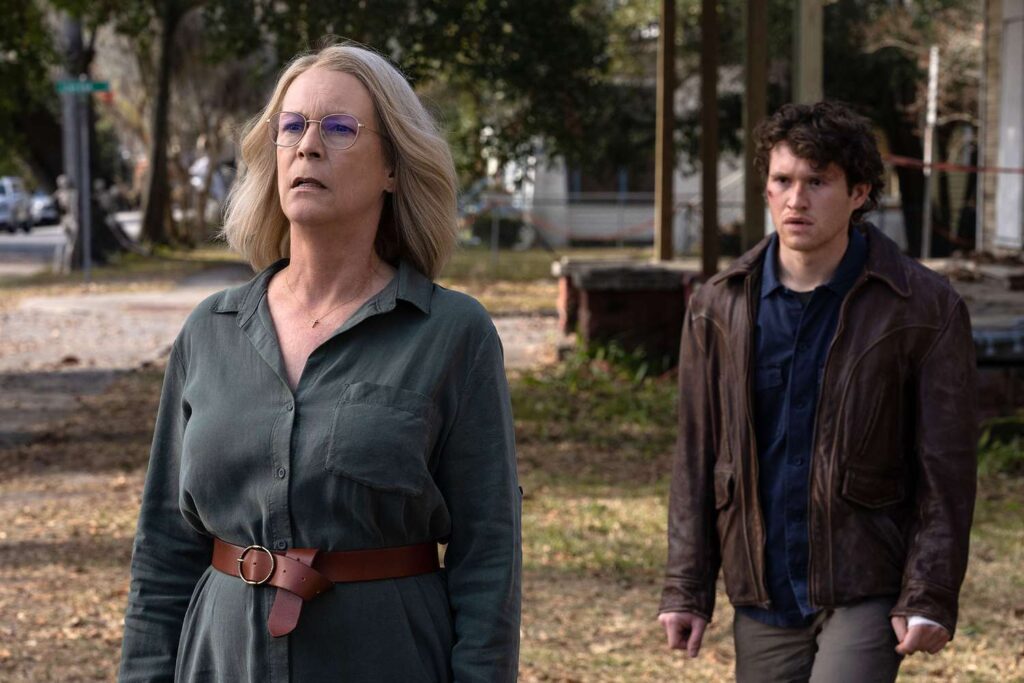
There are some ways that viewers could’ve been eased into this that may have allowed them to accept the direction of Halloween Ends, but it’s my guess that the reactions still would’ve been divisive. Some say that Corey should’ve been introduced early on, maybe in Halloween Kills, but a part of me still thinks that wouldn’t have softened the blow of disappointment for some fans once they saw where this entry was headed. It’s impossible to please everyone, and it’s especially hard once you decide to take a huge swing like this one did.
Halloween Ends earns my respect because it’s much more psychological and touches on the concept of evil being a thing that’s passed on rather than being inhabited by the man himself. Is it something learned? Does it take shape over time? Are you born with it? Can someone initially sympathetic like Corey transition into something evil, and what causes it? Did the town turning against him do it to him because of that accident on Halloween night in 2019? Or was it the touch of one man’s evil being transferred to him? I think the movie allows you to explore all of these possibilities.
What is great about the approach is that there might not be one concrete answer. The intrigue is in how all of these things can shape someone into being an evil human being. For me, this makes it far more interesting than repeating franchise and slasher formulas to easily please the masses. The fact that Halloween Ends challenges the viewer and isn’t afraid to be polarizing is where it gets much of its appeal.
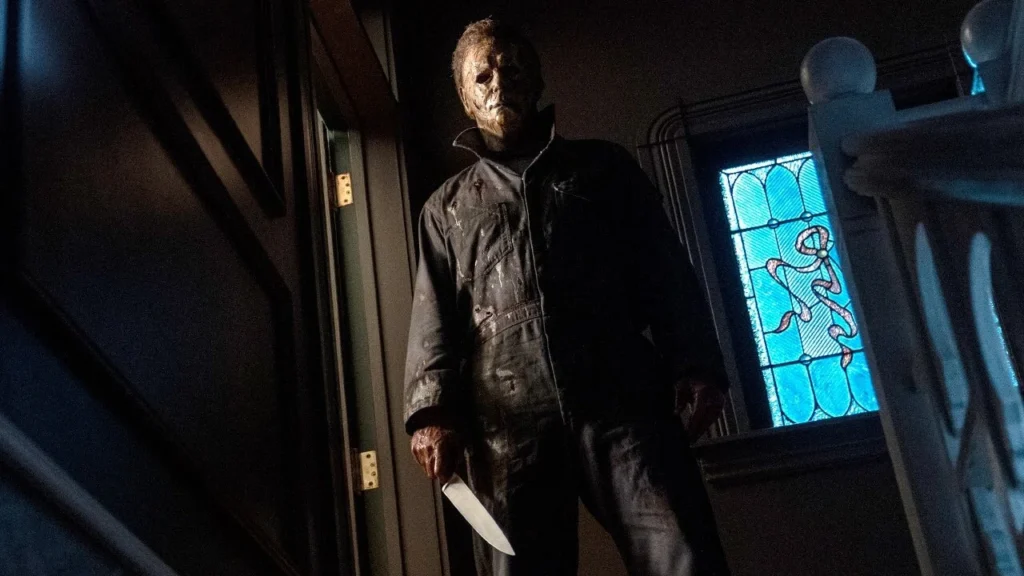
Then there is the notion that Halloween Ends somehow dulls the final one-on-one confrontation between Laurie and Michael, but even that rings false. It seems that by the end of Halloween Kills, she accepts that Michael is more than a man and that with every kill, he transcends into something more. She even believes he’s much more than the body that has haunted her for years. This is why she can see some of that evil in Corey.
The confrontation between Laurie and Michael is much more than two people having their final blows. Laurie puts an end to this version of evil that has plagued her life over the years, and it’s clear that she acknowledges it can take on many forms. Once she puts it to rest, she’s able to move on. It might not be the fight that some fans hoped for, but it does free Laurie from being held down by it once she realizes that what’s been haunting her all these years is more than the man; it’s something much more than that, and it can manifest in anyone. Giving this one man power is the thing that has stifled her since 1978, and she figures that out.
Exploring socials over this spooky season, I’ve seen a much more positive response to both films compared to the initial reactions from when they were first released, but there are still a lot of naysayers who put these movies down for somehow breaking the rules set up by previous installments. At Halloween Kills and Halloween Ends tried to speak to more than making these movies senseless killing sprees with no real rhyme or reason. This is a franchise that will be 50 years old before we know it, and in order for it to evolve and continue, it has to make bold moves that challenge its audience. Otherwise, we’ll just get more of the same, and there isn’t anything exciting about that.
For more on Horror, make sure to check out Fright-A-Thon.

